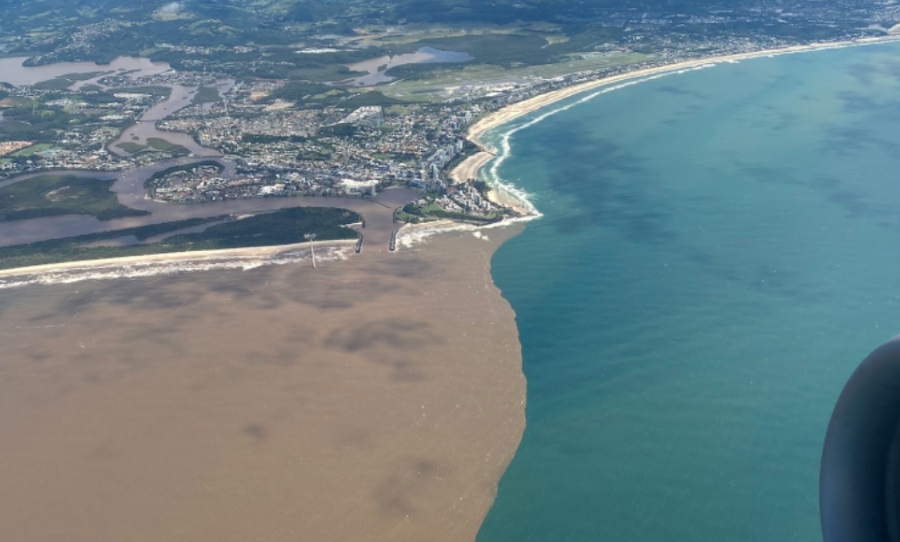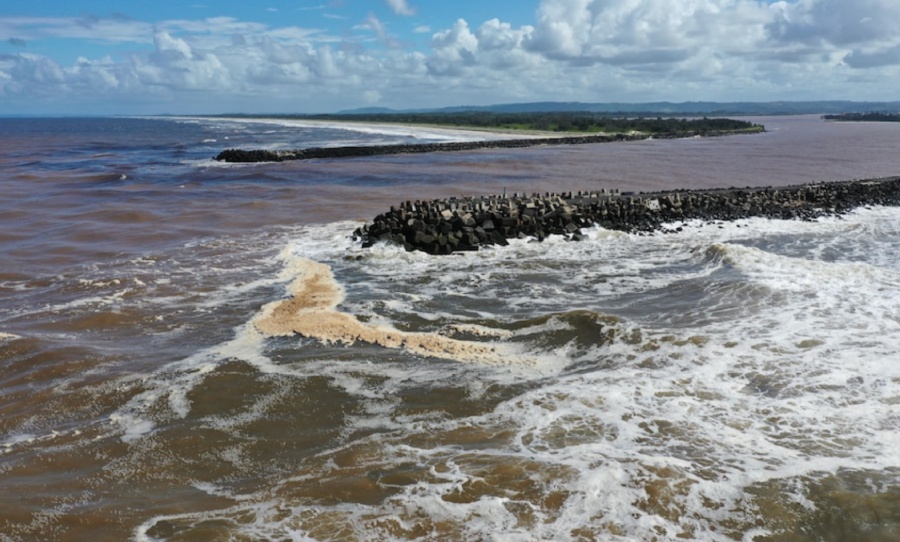GP’s have been reporting a large number of patients who have copped an infection from braving the ocean after the recent floods.
There’s a high chance you’ve headed to the beach after a solid week of rain and laid eyes on the murky, foaming concoction that the ocean has become.
There’s always a laid-back, leathery local who will tell you “Nah mate, she’ll be right,” but then that same local will also experience violent gastro for the next five days. So how long do you have to wait before it’s safe to swim?

Well, put it this way. If you jump in the water too soon, you’re practically swimming in diluted sewerage. So you have to give the ocean time to disperse the pollution until you’re able to swim without leaving the beach with diarrhoea and bacterial infections in every orifice.
Depending on the amount of rainfall and bunch of other factors, it can take weeks for the ocean to be safe to swim in.
“Pollution is affected by tide, swell, wind and onshore drifts and how these factors interact can be highly variable, even within the day,” Ballina Shire Council environmental officer, Tom McAully Rix told the ABC.
So how can you tell if it’s safe? If the beach is closed, obviously give swimming a miss. But if your local is a smaller, unpatrolled beach, first and foremost, use your own judgement. If the water is brown and bubbling with foam, maybe go home and run a bath instead.
But there are also resources you can use to check water quality, the most reliable being Beachwatch, a government resource that tests for water pollution.
Either way, if your insides start to burn as soon as you enter the water, it’s probably a good idea to gtfo.



